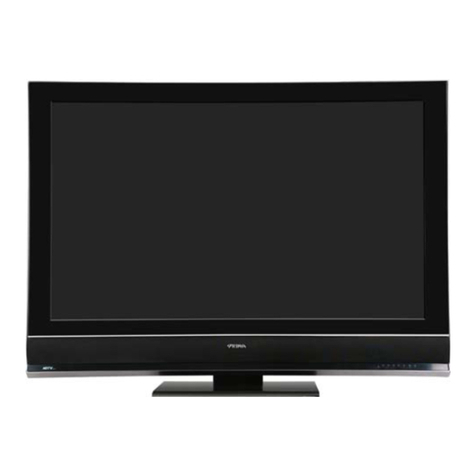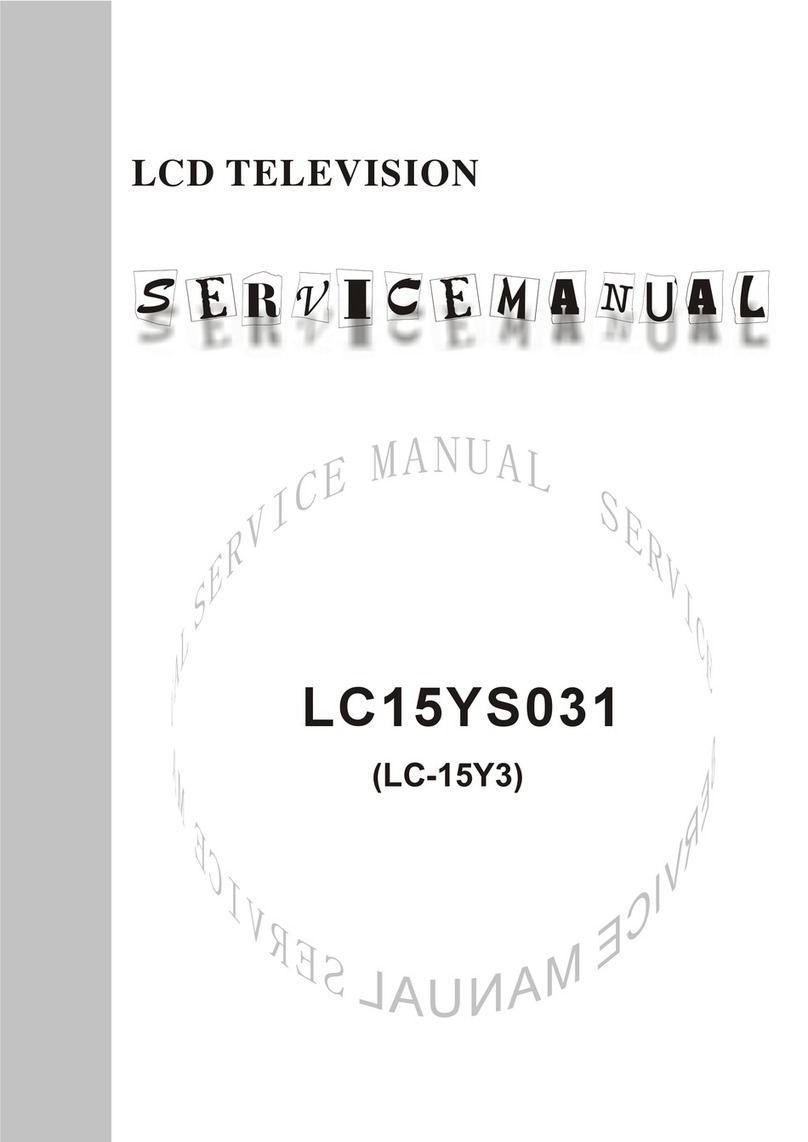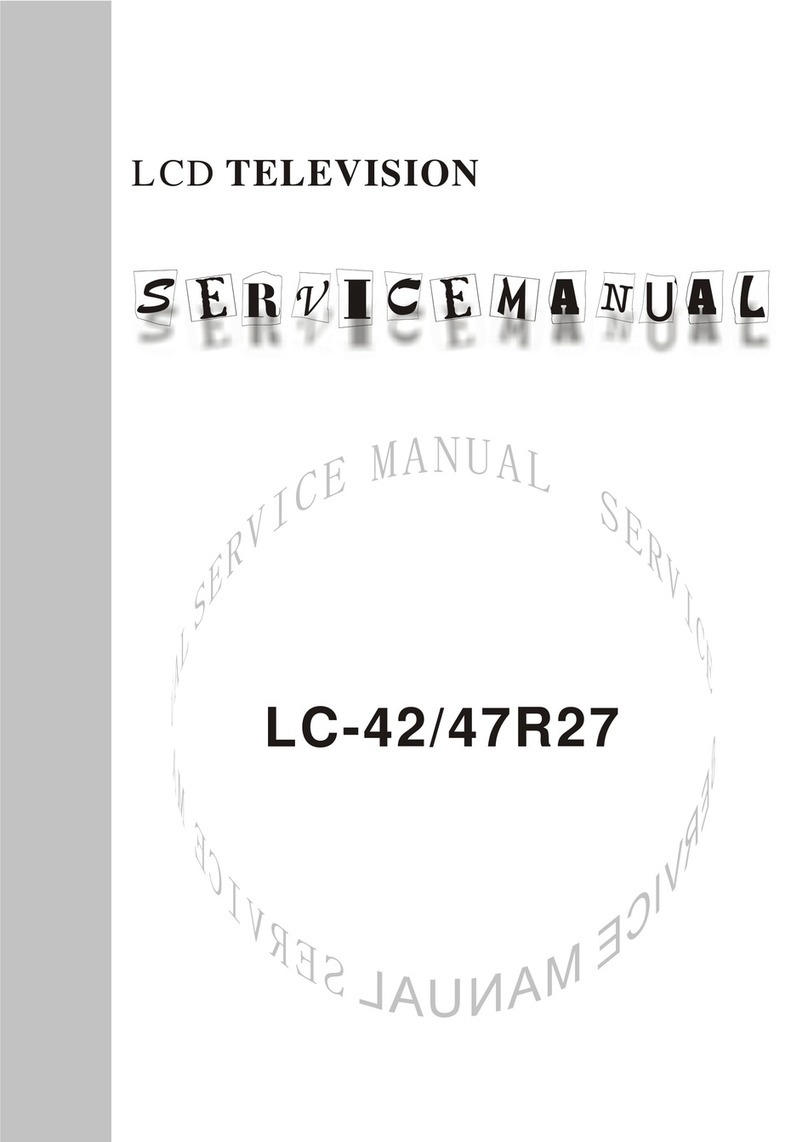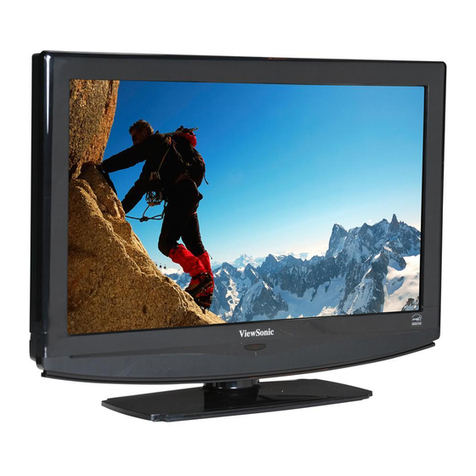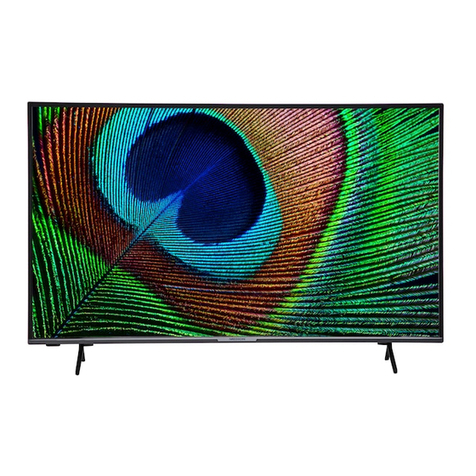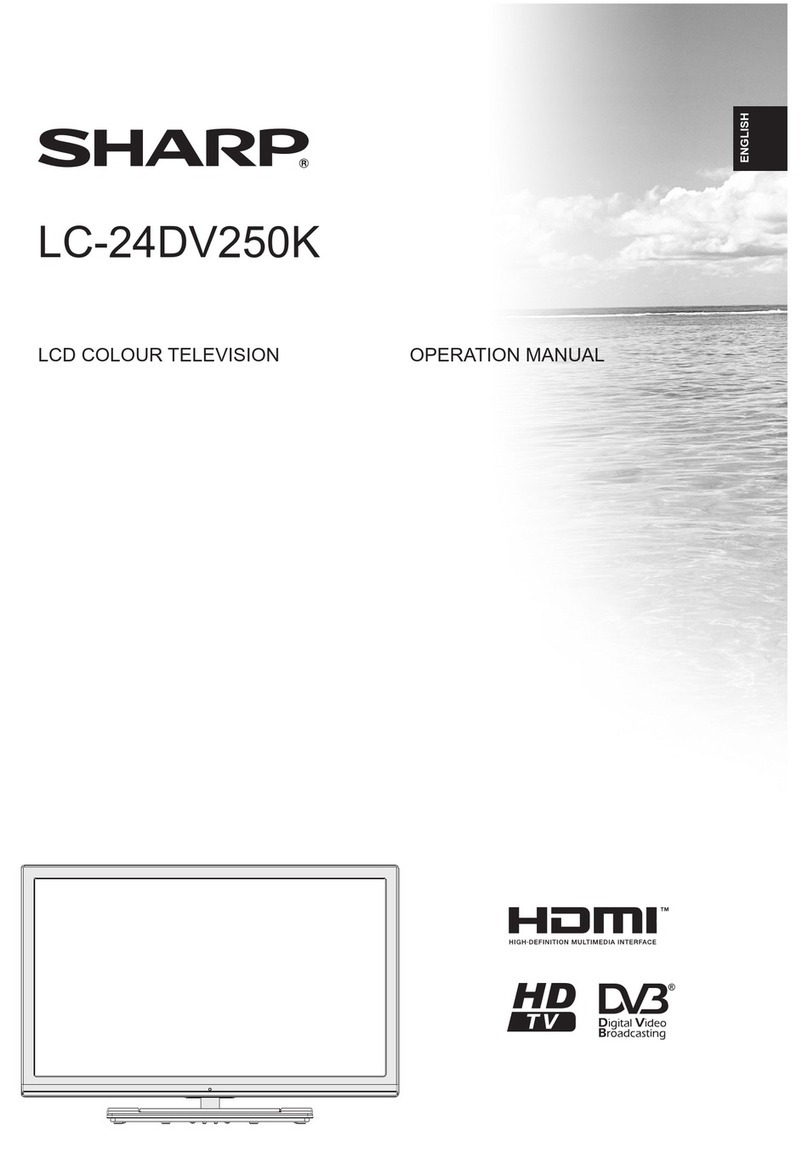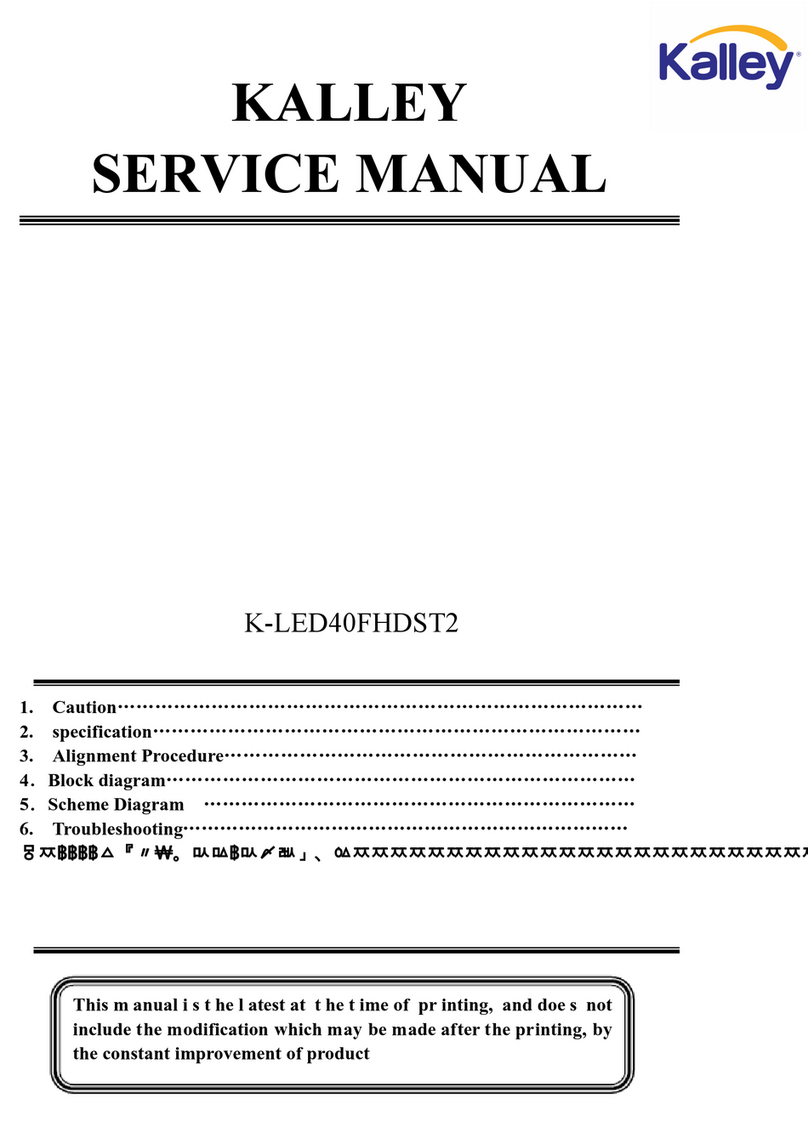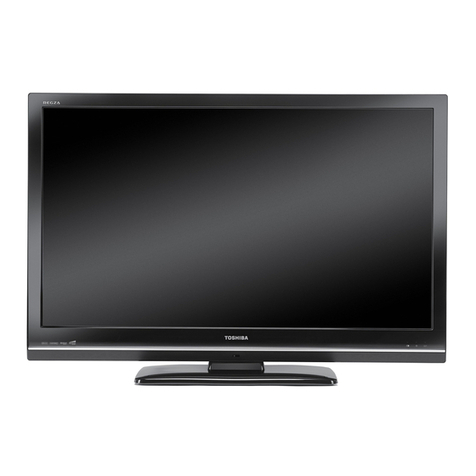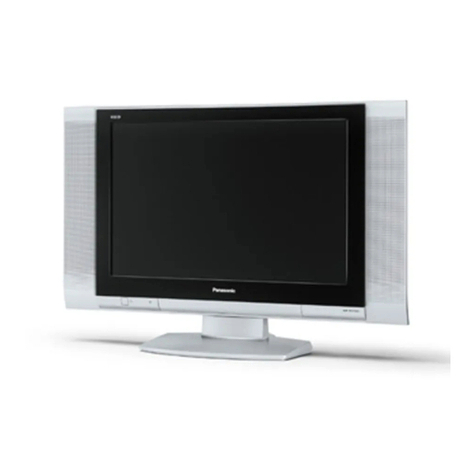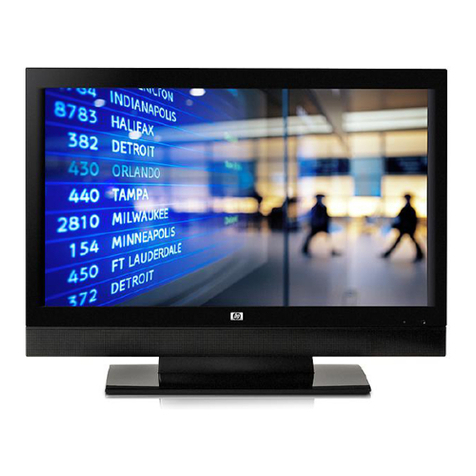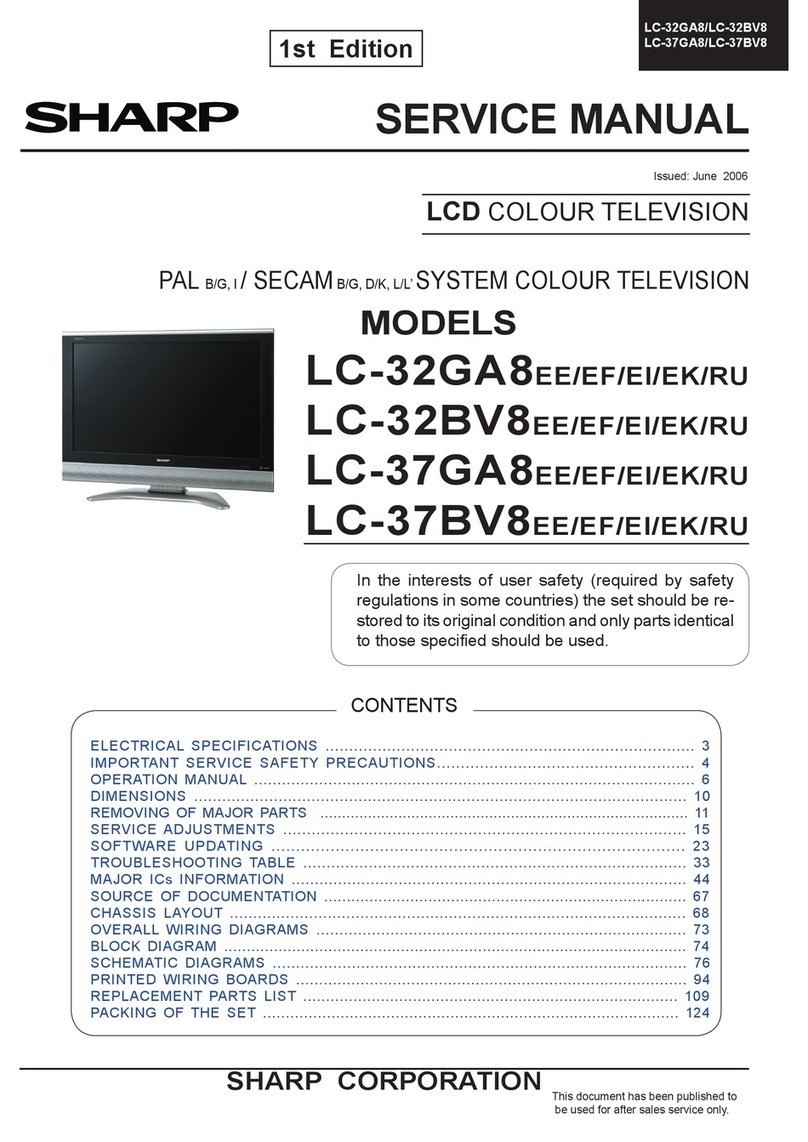
4
3. Alignment instructions
3.1 flash write programs
Flash write N606, N607, N105, N403, N701
Flash write W24CXX.EXE into N102 with self-made flash write tool on the line.
Note: N606 may upgrade from the socket X1
N701 may upgrade from the serial wire
N102, N403 may upgrade from HDMI and VGA interface respectively
N105 can not upgrade on the line, so ensure HDCP KEY is right
3.2 the main board adjustment
a. Connect the X602 of main board to the infrared receive board, the supply power plug to X1, then
the indicator of the infrared receive board is red light.
b. Press the POWER button; the indicator change to blue light, the LED1 of main board is flicker of
slow.
c. Write EDID program to N102
d. Check if various channels are normal.
3.3 The TV board adjustment
a. Connect the high frequency board to main board, and connect the X501 and X502 to the supply
power.
b. Press the POWER button, the indicator change to blue light.
c. Check if the picture and sound of TV/AV1/AV2/S/YPBPR1/YPBPR2 and sound of HDMI/VGA
channels are normal. Check the STEREO and SAP. Check AV-OUT function: the picture and
sound of AV-OUT should be the picture and sound of the current channel at TV/AV1/S/AV2, at
other signal source, the sound of AV-OUT should be the sound of the current channel, but the
picture don’t need to check.
3.4 the unit adjustment
After install the unit, check it is normal working.
3.5 Aging
a. Select the TV channel, the screen is noise wave of no signal TV
b. Aging an hour.
3.6 ADC correction and white balance adjustment (use white balancer CA210 and signal generator
VG849)
Enter the factory menu method: press “1”→“9” →“7” →“9” button in the window menu state
a. Enter VGA channel,input 16 level gray signal of 1024*768@60Hz(TIMING:889, PATTERN:921).
b. Enter PICTURE menu, set “Color Temp” to “Middle”
c. Enter the factory menu, press AUTO ADC CALIBRATION and operate according the prompt.
d. Input 8 level gray signal of 1024*768@60Hz and test the fourth level with CA210, adjust the
brightness until the brightness value of CA210 is 180±10nit. Enter “color temperature” item, fix
“red color temperature”, adjust “blue color temperature” and “green color temperature” so that
x=0.284±0.02, y=0.299±0.02.
e. Enter YPBPR channel, input 720P SMPTE COLOR BAR signal(TIMING:976, PATTERN:984)
f. Enter factory menu, press AUTO ADC CALIBRATION and operate according the prompt.
g. Input 720P 8 level gray signal and test the fourth level with CA210, adjust the brightness until
the brightness value of CA210 is 180±10nit. Enter “color temperature” item, fix “red color
temperature”, adjust “blue color temperature” and “green color temperature” so that
x=0.284±0.02, y=0.299±0.02.













